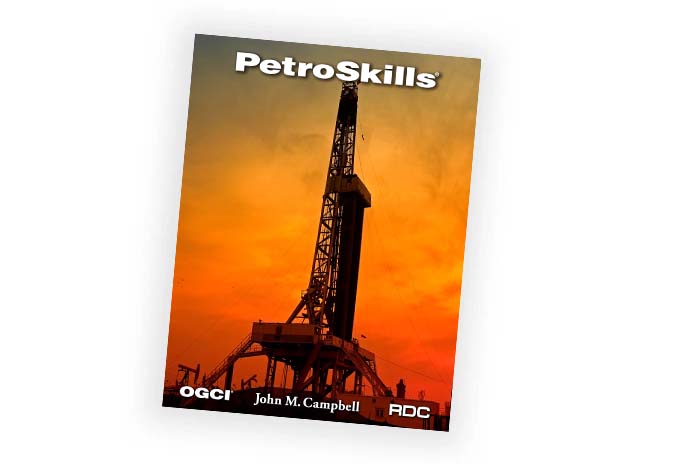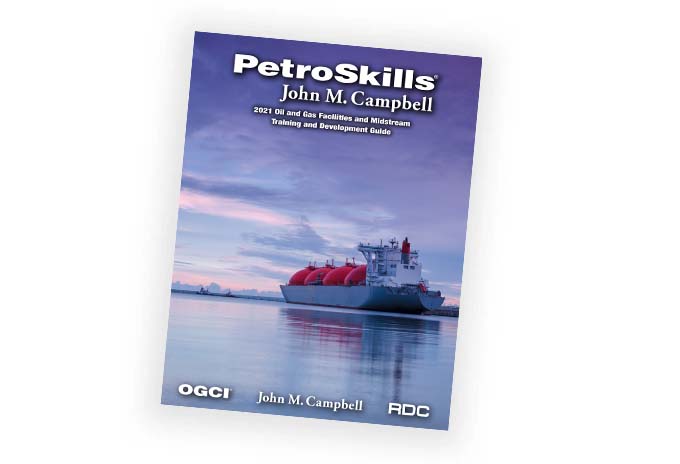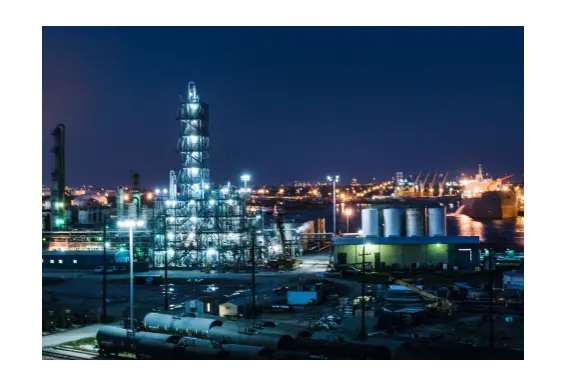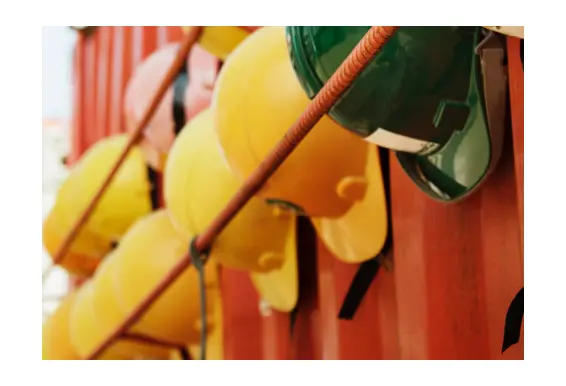Pipeline Routing and Geomatics (U.S. Focus)
e-Learning
About the eLearning Course
In this eLearning course, you will be exposed to the basic terminology, concepts and methods associated with defining a specific location on earth as part of the description of a pipeline route/alignment. This includes basic requirements for surveying, use of advanced techniques like global positioning systems (GPS), remote sensing imagery, and techniques for subsea surveying (bathymetry) applicable for offshore pipelines. The module further covers key considerations for pipeline route selection and exclusion zones, as well as the impact population density may have on the design of a pipeline.
Target Audience
Pipeline project managers and engineers, operations and maintenance supervisors, regulatory compliance personnel, and other technical professionals with 1-3 years of experience in natural gas, crude oil, refined petroleum products, LPGs, NGL, chemical, carbon dioxide pipeline engineering, construction, operations, or maintenance. This course is intended for participants needing a broad understanding of the planning, development, construction, start-up, and operating and asset integrity management of onshore pipelines.You Will Learn
Participants will learn how to:
- Define monument, benchmark, longitude and latitude
- Define basic requirements of surveying and describe how points on the earth are uniquely defined relative to the rest of the world
- Define how global positioning systems (GPS) and remotely sensed imagery have modernized surveying techniques over the last 20 years
- Describe methods and inherent difficulties for subsea surveying
- Describe the basic surveys required for pipeline design, construction, and operations
- Describe the impact of geographic information systems (GIS) on pipeline surveys, drawings, and maps
- Describe the functionality of Web / internet resources (such as Earth/Map) for the pipeline engineer and operator
- Describe the critical issues in routing a pipeline
- Compile a list of critical route selection criteria, and identify potential “fatal flaw” situations including:
- Public safety aspects of pipeline construction, operations, and maintenance
- Environmental considerations of pipeline construction, operations and maintenance
- Describe the role GIS plays incurred pipeline route selection and how Web / internet resources can assist
- Describe advantages/disadvantages of using existing corridors
- Define the why population/occupied building density must be consider in pipeline routing




